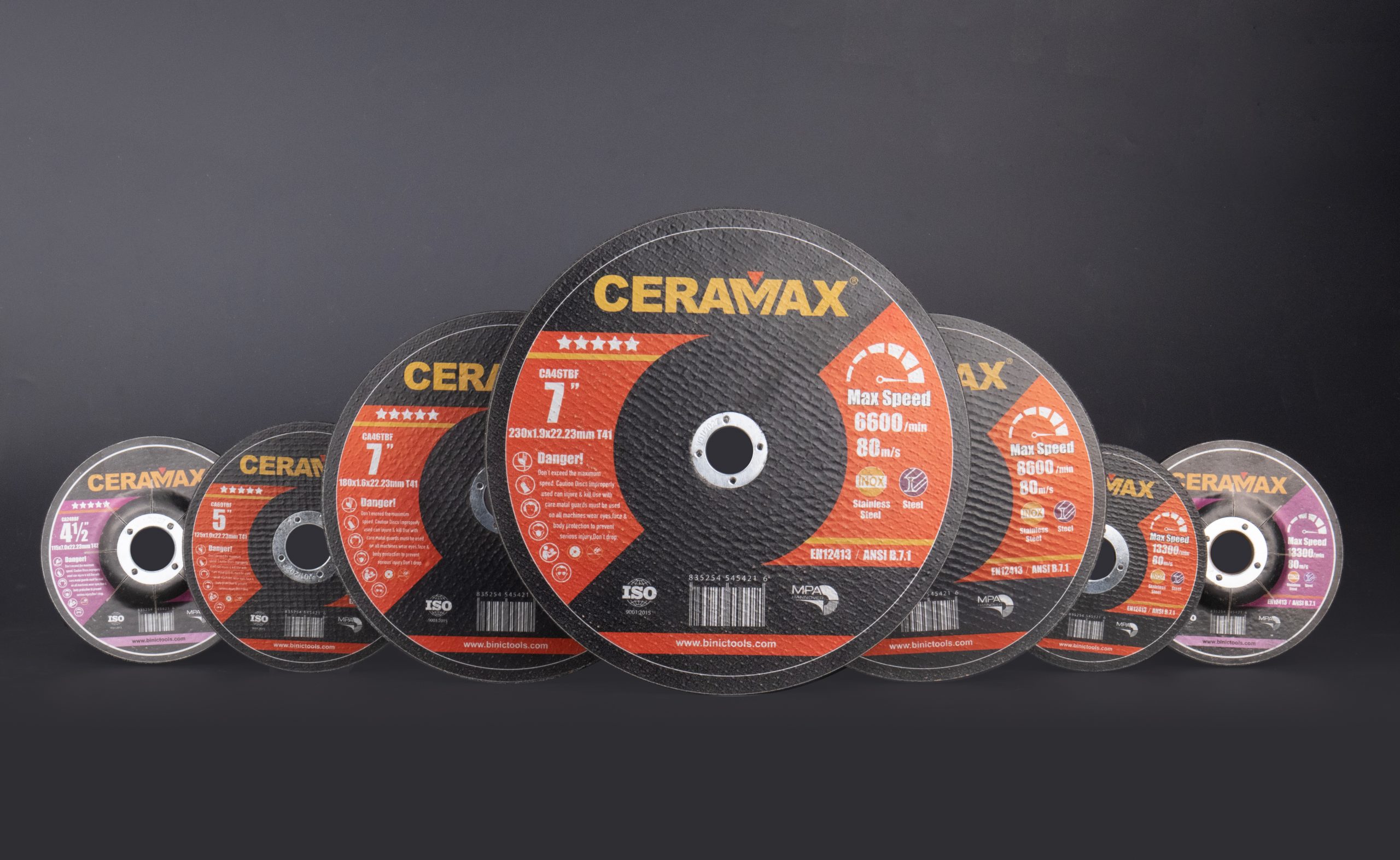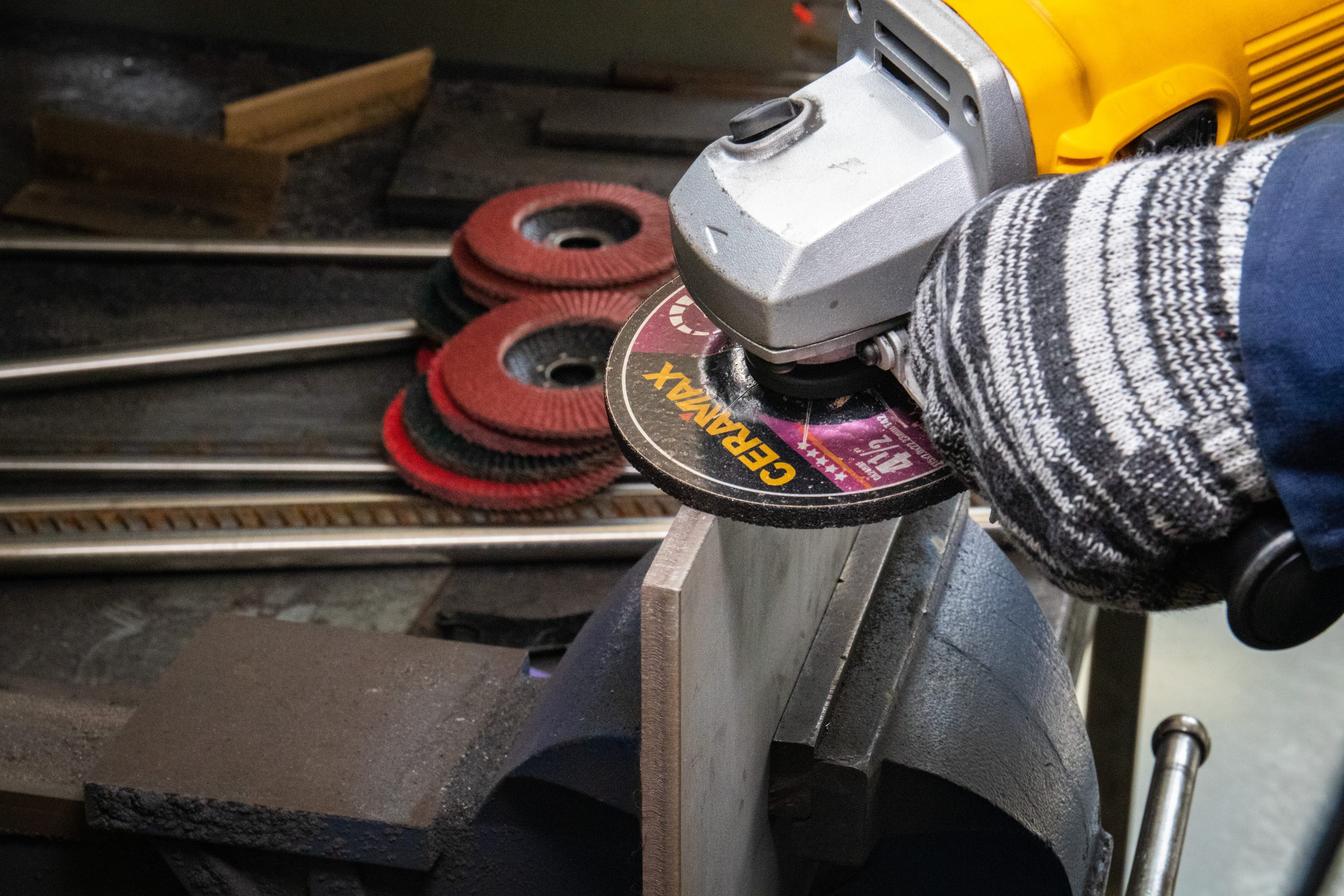Surface grinding is a critical process in manufacturing that requires precision and the right equipment to achieve optimal results. One of the most crucial components in this process is the grinding wheel. Selecting the best surface grinding wheel can significantly impact the efficiency, accuracy, and overall quality of your grinding operations. Here’s a comprehensive guide to help you choose the best surface grinding wheel for your needs.
Understanding Surface Grinding Wheels
A surface grinding wheel is a circular tool made from abrasive materials that are bonded together. These wheels are used to remove material from a workpiece to create a smooth and flat surface. The type of abrasive material, grit size, bond type, and wheel grade all play a vital role in determining the performance of the grinding wheel.
Key Factors to Consider
- Abrasive Material
The abrasive material is the cutting tool of the grinding wheel. Different materials are suitable for different applications, and each type of grinding wheel has its specific use:
- Aluminum Oxide Grinding Wheel:This type is commonly used for grinding steel and other ferrous metals. Aluminum oxide grinding wheels are durable and provide a good balance between cutting speed and wheel life, making them ideal for general-purpose grinding.
- Silicon Carbide Grinding Wheel:These wheels are ideal for grinding non-ferrous metals, cast iron, and non-metallic materials like ceramics and glass. Silicon carbide grinding wheels are harder but more brittle than aluminum oxide, offering a sharp cut with a consistent finish.
- Ceramic Alumina Grinding Wheel:Known for its high performance and longer life, ceramic alumina grinding wheels are suitable for high-precision grinding tasks. They provide superior durability and maintain their cutting ability for longer periods.
- Diamond Grinding Wheel:Diamond wheels are best for grinding very hard materials like hardened steels, carbides, and ceramics. These wheels are extremely hard and provide a very fine finish, making them perfect for precision work.
- CBN (Cubic Boron Nitride) Grinding Wheel:Similar to diamond wheels, CBN grinding wheels are used for hard ferrous materials. They offer excellent cutting performance and longevity, making them ideal for high-precision grinding of tough materials.
- Grit Size
The grit size determines the coarseness of the grinding wheel. It ranges from coarse (low numbers) to fine (high numbers):
- Coarse Grit (8-24): Used for rapid material removal where the finish is not a priority.
- Medium Grit (30-60): Balances between material removal rate and surface finish, commonly used for general-purpose grinding.
- Fine Grit (70-180):Provides a fine surface finish and is used for precision grinding and finishing operations.
- Very Fine Grit (200-600): Used for ultra-fine finishes and precision work.
- Bond Type
The bond holds the abrasive grains together. The type of bond affects the wheel’s performance and lifespan:
- Vitrified Bond:Made from a mixture of clays and ceramics, vitrified bonds are strong and rigid, providing a durable and heat-resistant wheel. Suitable for high-speed grinding.
- Resinoid Bond: Made from synthetic resin, these bonds are more flexible and can absorb shock, making them ideal for high-stress grinding operations.
- Metal Bond:Used for diamond and CBN wheels, metal bonds provide superior bonding strength and thermal conductivity, suitable for precision grinding of hard materials.
- Rubber Bond: Offers flexibility and a smoother grinding action, used for precision and control in grinding operations.
- Wheel Grade
The grade indicates the hardness of the bond holding the abrasive grains. It ranges from soft (A) to hard (Z):
- Soft Grade: Allows grains to break away more easily, suitable for grinding hard materials to prevent wheel glazing.
- Medium Grade:Balances between wear resistance and cutting ability, used for general-purpose grinding.
- Hard Grade: Holds grains longer, ideal for softer materials and heavy grinding operations.
- Wheel Structure
The structure denotes the spacing between abrasive grains. Open structures (more space between grains) are used for grinding softer materials or when high material removal rates are needed. Closed structures (less space) are used for harder materials or when a fine finish is required.
Selecting the Right Wheel for Your Application
Material Being Ground
The material of the workpiece significantly influences the choice of grinding wheel:
- Steel: Use aluminum oxide or ceramic alumina wheels.
- Cast Iron and Non-ferrous Metals:Silicon carbide wheels are preferred.
- Hard Metals (Carbides, Hardened Steel):Diamond or CBN wheels provide the best results.
Grinding Operation
Different grinding operations require different types of wheels:
- Rough Grinding: Coarse grit and softer grade wheels for rapid material removal.
- Precision Grinding: Fine grit and harder grade wheels for a high-quality finish.
- Surface Finishing:Very fine grit and appropriate bonding for the desired surface finish.
Machine Specifications
Ensure that the wheel dimensions, speed rating, and mounting method match your grinding machine’s specifications. Using a wheel that exceeds the machine’s speed rating can be dangerous and lead to wheel failure.
Safety Considerations
Always prioritize safety when selecting and using grinding wheels:
- Proper Storage:Store wheels in a dry and temperate environment to prevent damage.
- Inspection: Regularly inspect wheels for cracks or damage before use.
- Protective Equipment: Use appropriate personal protective equipment (PPE), including safety glasses, gloves, and face shields.
- Machine Guarding: Ensure the grinding machine has proper guards in place and is in good working condition.
Conclusion
Selecting the best surface grinding wheel involves understanding the material properties, the grinding operation, and the specific requirements of your application. By carefully considering the abrasive material, grit size, bond type, and wheel grade, you can choose a grinding wheel that will provide optimal performance, efficiency, and safety. Always follow manufacturer guidelines and safety procedures to ensure successful grinding operations.


